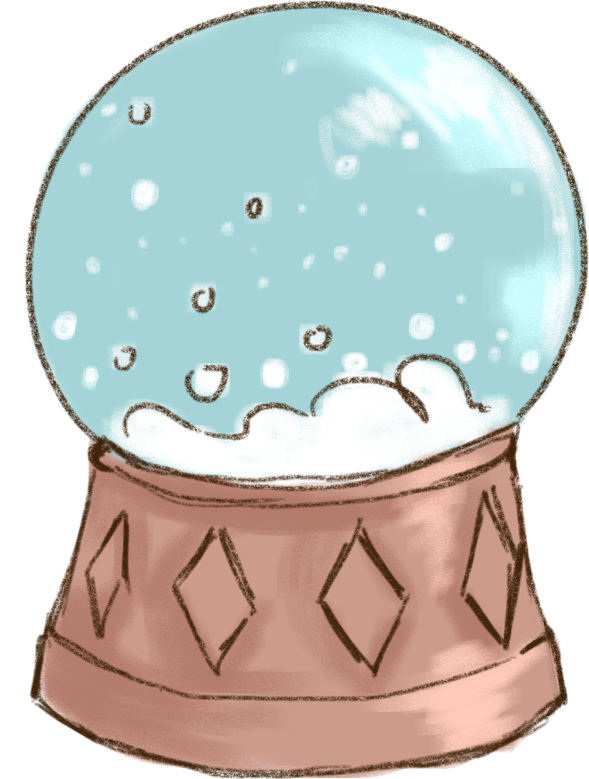Full screen
Share
Plays background audio
Activate the genially's audio here
Calendrier de l'Avent
fichterchristelle
Created on November 30, 2023
Over 30 million people build interactive content in Genially.
Check out what others have designed:
EUROPE PHYSICAL MAP
Horizontal infographics
TEN WAYS TO SAVE WATER
Horizontal infographics
GRETA THUNBERG
Horizontal infographics
FIRE FIGHTER
Horizontal infographics
DEMOCRATIC CANDIDATES NOV DEBATE
Horizontal infographics
STEVE JOBS
Horizontal infographics
ONE MINUTE ON THE INTERNET
Horizontal infographics
Transcript
Notre Calendrier de l'Avent
2023
1
2
3
7
8
9
5
13
14
17
18
19
15
20
21
23
22
4
6
16
12
10
11
Retrouve la maison du Père Noël
It’s clear that technology has changed the world, so why do we keep communicating with the same materials and tools? Genially was born in answer to this question - it’s the tool that aims to turn visual and interactive content into a new standard, without investing hundreds of hours in coding. The great ally of the most creative minds. The interface is carefully designed to be user friendly. Creating content is as simple as selecting and dragging elements from the Editor (drag and drop). It's ok if the resources in Genially are not enough for you: you can upload your own resources: illustrations, videos, gifs ... and not only from your own computer, but also resources from other platforms such as YouTube or Giphy.
Genially, thanks to its gallery of resources, helps us enhance the formal and functional coherence within our digital creations. Thus, we generate an immersive communicative environment in which real visual stories flourish. We generally grasp visual content better. Visual content is associated with cognitive and psychological mechanisms. We receive things through our eyes; the first image is what counts. We associate visual content with emotions.
Storytelling is the art of telling stories. People have a natural predisposition to consume them. Did you know that ⅔ of our daily conversations are stories? We remember stories up to 20 times more than any other type of content. According to neuroscience, when we listen to a story, our brain lights up like a Christmas tree. Stories stimulate the same cerebral areas that are activated by reading, and on top of that, activate our auditory, visual, sensory, motor, and even olfactory cortices. We hear information, but we feel stories. This emotion is what maximizesconcept retention.
Connais-tu l'histoire de la tradition du sapin de Noël?
With this feature ... You can add additional content that will excite your audience’s brains: videos, images, links, interactivity ... Whatever you like! Did you know? Windows allow you to add more extensive content. You can enrich your genially by including PDFs, videos, text ... The window content will appear when you click on the interactive element.
Our brains are hardwired to consume visual content. Some facts: we receive 90% of the information we process through sight and we process visual content up to 60,000 times faster than text. That’s why visual communication ismore effective. We generally grasp visual content better. Visual content is associated with cognitive and psychological mechanisms. We receive things through our eyes; the first image is what counts. We associate visual content with emotions.
Don't spend time creating content that interrupts us when we're watching something interesting.BE the something interesting. Our brain unconsciously processes about 11 million units of visual information per second, while it only processes about 50 units of conscious information per second.
Showing enthusiasm, smiling, and maintaining eye contact with your audience can be your best allies when it comes to telling stories that excite and capture the audience's interest: 'The eyes, chico. They never lie'. This will help you connect with your audience. Knock their socks off! Visual communication is a key tool. We find it easier to ‘read’ images than to read a written text. Disciplines such as ‘Visual Thinking’ facilitate the taking of visually rich notes through the use of images, graphs, infographics, and simple drawings.
Did you know? that 90% of the information we assimilate is received through sight? Visual resources are a huge help for reinforcing your message: images, illustrations, gifs, videos ... Not only because they stay in our memories, but because they’re more attractive and easier to understand. Convince 67% of the audience. This is because visual language facilitates the rapid acquisition of knowledge in an intuitive way. Could it be said that images are the key to success? Pretty much.
When giving a presentation, you need to go after two main objectives: to convey information and avoid yawns. To do this, it can be good practice to make an outline and use words that will be imprinted in the memories of your audience. If you want to add additional information or develop the content in detail, you can do this with your verbal presentation. We recommend training your voice and rehearsing; the best improvisation happens when you’re prepared!
Add music, audio, or sound effects to the elements of your genially … It makes all the difference!
Coloriage de Noël


















